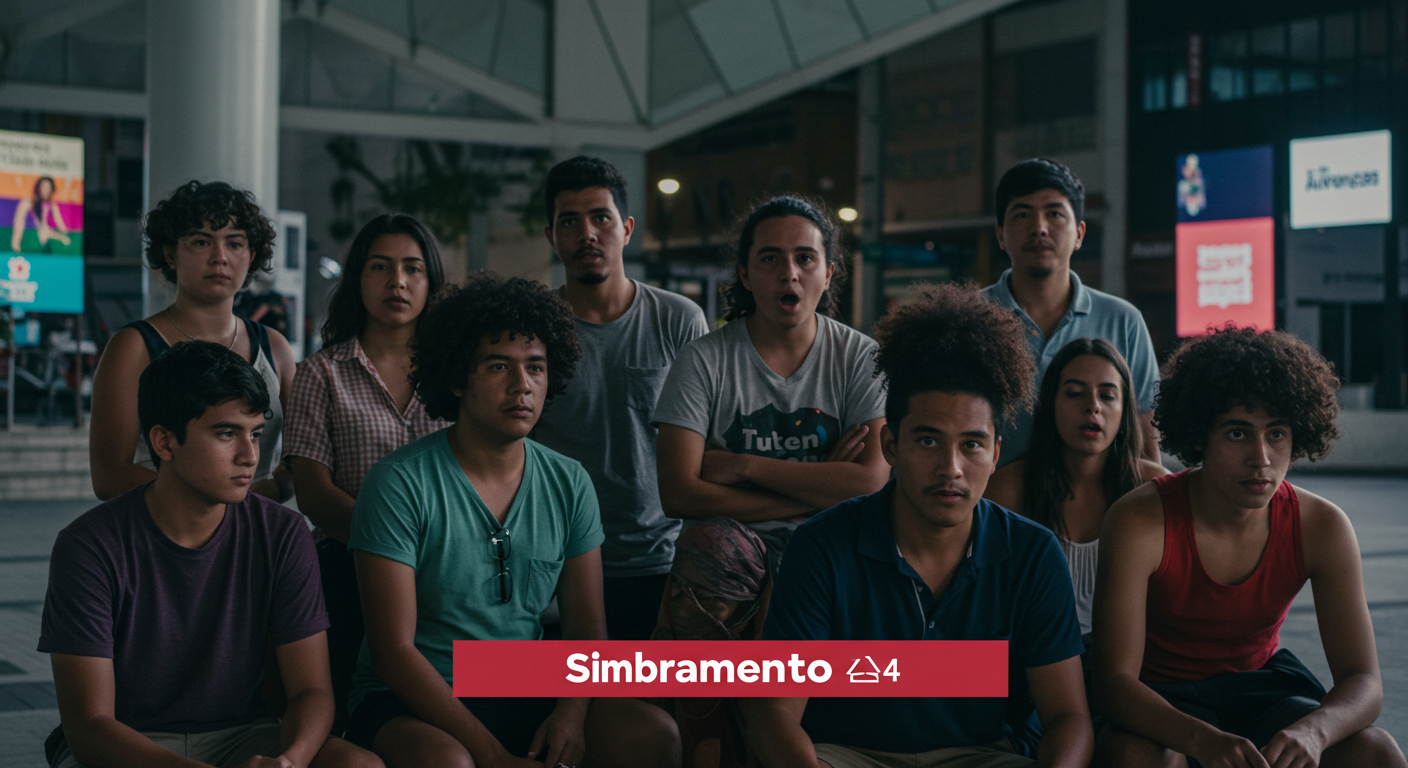In today’s ever-evolving digital world, new terms and expressions continuously emerge to define changing realities. One such intriguing term gaining momentum in niche discussions is simbramento. While not a common word in mainstream lexicons, simbramento carries symbolic and cultural weight in specific contexts. This article explores its origin, interpretations, and potential influence across online spaces and social trends.
What Is Simbramento?
Simbramento is a relatively obscure term with ambiguous roots, often interpreted through creative, digital, or social lenses. Some interpret it as a fusion of symbol and fragmentation, implying the breakdown and reconstruction of meaning. Others associate it with the emotional state of being overwhelmed in a symbolic or metaphorical sense.
Regardless of the lens through which it is viewed, simbramento has grown into a word used by creatives, online thinkers, and modern artists to describe complex inner experiences or thematic structures in digital expression.
The Rise of Simbramento in Digital Dialogue
The popularity of simbramento has grown primarily through online subcultures and digital communities. Whether in art forums, Reddit threads, or niche blog posts, users adopt the term to express feelings that typical vocabulary cannot quite capture. These may include emotional layering, symbolic storytelling, or the fragmentation of personal identity in virtual spaces.
For example, a digital collage artist might describe their work as “an exercise in simbramento” to explain how their visuals represent broken realities coming together to form deeper meaning.
Simbramento in Modern Creativity
One of the key areas where simbramento has carved a niche is in the realm of creative expression. Artists, poets, and digital storytellers employ the term to describe processes that involve layering symbolism, abstraction, and emotional intensity. This is particularly evident in:
-
Mixed media art that juxtaposes photography with text or illustration.
-
Experimental poetry that breaks traditional forms to evoke symbolic emotion.
-
Digital installations where fragmentation of time, image, or space reflects emotional overload.
In all these cases, simbramento becomes a shorthand for creativity born out of chaos or symbolic complexity.
Simbramento and Emotional Identity
Many individuals use simbramento to define psychological or emotional states. In this sense, it reflects the fragmentation of identity in the digital age—how people feel split between online personas, real-world expectations, and internal emotions.
In mental wellness circles, simbramento may refer to the process of symbolically reassembling oneself after emotional turmoil. This interpretation resonates strongly with people who find healing through journaling, expressive arts, or online communities focused on self-discovery.
Symbolism and Fragmentation: The Two Pillars of Simbramento
At its core, simbramento hinges on two ideas:
-
Symbolism – the act of assigning deeper, often hidden, meaning to images, words, or actions.
-
Fragmentation – the process of breaking or disassembling into parts, often as a result of stress, exploration, or transformation.
When combined, these elements form a framework through which people explain their personal journeys, creative processes, or digital experiences.
How Simbramento Reflects Online Culture
In today’s interconnected world, digital identities are fluid, often fragmented, and heavily symbolic. This aligns closely with the concept of simbramento. Whether it’s the curated chaos of an Instagram collage, the coded language of meme culture, or the poetic structure of a Twitter thread, much of the digital landscape reflects the themes embedded in simbramento.
It’s not just a term—it’s a lens through which online behavior can be interpreted.
Practical Uses of Simbramento in Conversation
Though still niche, the term simbramento has started appearing in discussions among artists, digital creators, and Gen Z thinkers. Here are a few hypothetical examples of how it might be used:
-
“This video essay is pure simbramento—every frame tells a layered story.”
-
“After the breakup, my journal became a simbramento of emotions and memories.”
-
“Her new album feels like simbramento in musical form—chaotic, symbolic, and haunting.”
Such usage highlights how the term can encapsulate nuanced, abstract experiences in one evocative word.
Could Simbramento Become a Mainstream Concept?
While simbramento is currently used in niche circles, its adaptability gives it the potential to grow. As people increasingly seek words that reflect the fragmented-yet-symbolic nature of digital life, simbramento could gain broader usage.
Language constantly evolves to reflect lived experience. If the digital and emotional landscapes continue moving toward complexity and abstraction, simbramento may well become a staple in future creative and psychological vocabulary.
Simbramento and Artistic Movements
There’s a strong possibility that simbramento will influence or even define emerging artistic movements. In a world where visual language is key—think NFTs, glitch art, and immersive VR experiences—the demand for terms that convey symbolic fragmentation is rising.
In this way, simbramento may become more than a word; it could evolve into a philosophy of art and emotion, one that transcends genre and format.
Final Thoughts: The Future of Simbramento
Simbramento is more than just an unfamiliar term—it’s a concept that encapsulates the way we live, create, and communicate in a fragmented but meaningful digital world. As more people search for vocabulary that represents inner complexity, offers a promising path.
Whether you’re an artist, a writer, or someone exploring your digital identity, provides a lens to understand yourself and your surroundings in a deeper, more symbolic way.

